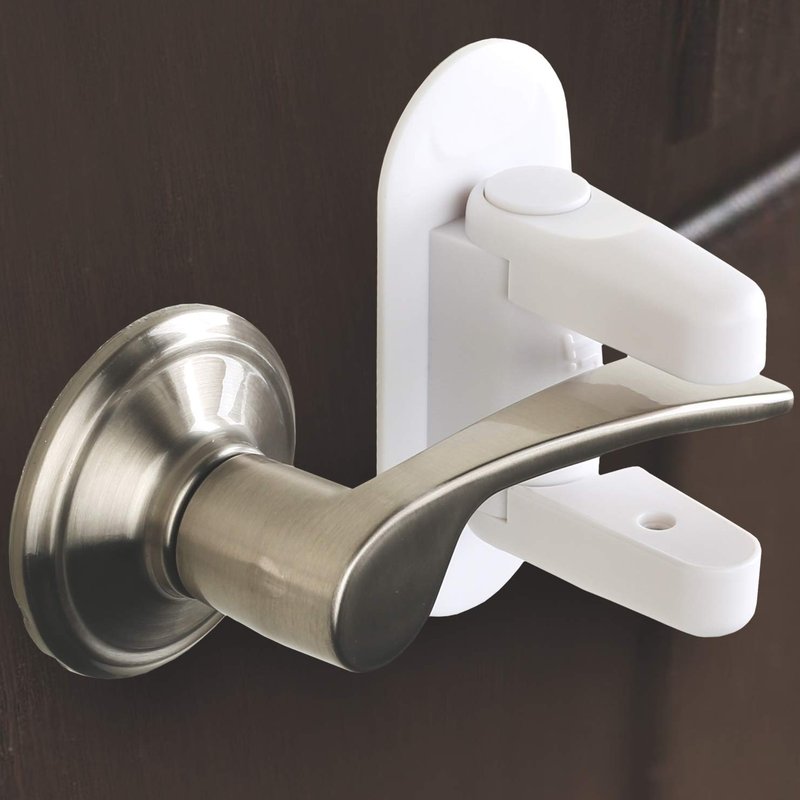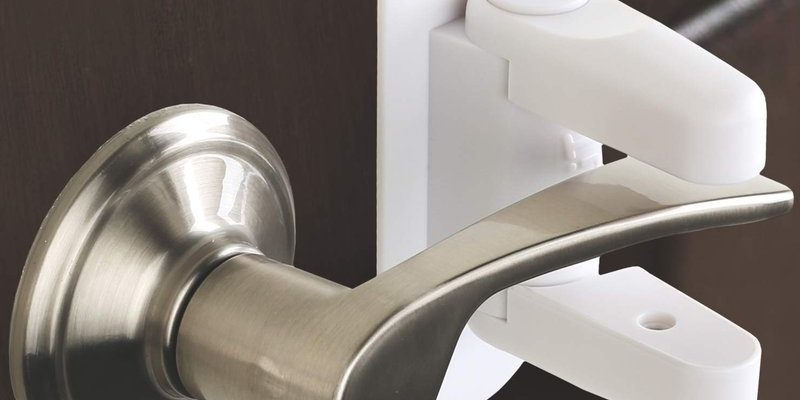
Imagine your door knob is like your favorite pair of shoes. If they start to feel loose or worn out, you might hesitate before stepping outside. Just like you wouldn’t want to put on a pair of shoes with a loose sole, you want your door mechanisms to feel stable and secure. So, let’s explore how to prevent excessive play in door levers and knobs, keeping your home safe and ensuring your doors operate smoothly.
Understanding Door Levers and Knobs
Door levers and knobs come in various styles and functions, serving as the gateway to our homes. They allow us to enter, exit, and secure our spaces. Essentially, they’re the unsung heroes of our daily lives. But how do they work? Most door knobs and levers consist of a few crucial components: the knob or lever itself, the spindle, and the latch mechanism inside the door.
The spindle connects the outer and inner parts of the door handle. When you turn the knob or lever, it rotates the spindle, which in turn moves the latch to either lock or unlock the door. If any of these parts have excessive play or wear, you’ll notice that the knob or lever feels loose. This can lead to a frustrating experience whenever you try to open or close the door.
You might be wondering why this play occurs in the first place. Over time, the internal components can wear down due to constant use or poor installation. Furthermore, fluctuations in temperature and humidity can contribute to wood and metal expanding or contracting, further creating space within the mechanism.
Common Causes of Excessive Play
Excessive play in door levers and knobs can stem from several issues. Let’s break these down so you can better understand what might be happening with your doors.
- Wear and Tear: Just like anything else in your home, door hardware gets tired. Frequent use can wear down the internal components, causing them to loosen.
- Poor Installation: If a door knob or lever isn’t installed correctly, it may not fit snugly. This can lead to increased movement over time.
- Environmental Factors: Changes in temperature and humidity can cause the materials to expand and contract, creating gaps and wiggly knobs.
- Loose Screws: Often, screws that hold the knob or lever in place can loosen. A simple tightening can often solve the issue.
Recognizing these causes is the first step to preventing excessive play. Once you know what’s behind the issue, you can take informed action.
How to Check for Excessive Play
Now that you know what excessive play is and its common causes, you might be curious about how to check for it. Fortunately, this doesn’t require any special tools or expertise. Here’s a straightforward process to determine if your door knobs or levers are excessively wobbly.
1. Grab the Knob or Lever: Stand in front of the door and grab the knob or lever with one hand.
2. Try to Wiggle: Gently wiggle the knob or lever side to side. If it feels loose or there’s significant movement, that’s a sign of excessive play.
3. Inspect Visually: Take a close look at the base of the knob or lever. Are there visible gaps between the hardware and the door? If you see gaps or movement, you’ve got a problem.
4. Check the Screws: Look for loose screws, especially those on the door plate. If they’re not tight, they can lead to instability.
This quick inspection can save you both time and money. If everything seems snug, great! If not, you’ll know you have to take action.
Simple Fixes for Excessive Play
Repairing excessive play in door levers and knobs is often easier than you might think. Here are a few simple fixes you can try at home.
1. Tighten Loose Screws: Start by locating the screws on the knob or lever. Using a screwdriver, tighten them gently until they’re snug. Be careful not to overtighten, as this can strip the screws.
2. Replace Worn Components: If the play persists, you may need to replace the spindle or latch mechanism. You can find replacement parts at most hardware stores. Just ensure they’re compatible with your existing door hardware.
3. Adjust the Strike Plate: Sometimes, the strike plate—the piece attached to the door frame—can be misaligned. Loosen the screws on the strike plate and adjust it until it lines up properly with the latch. Then, tighten the screws again.
4. Use Washers or Spacers: If there’s still movement after trying the steps above, consider adding washers or spacers. These can fill gaps and reduce play, making your door function smoothly once again.
Taking these simple steps can make a world of difference, transforming your door experience from annoying to seamless.
Preventive Measures for Future Issues
Once you’ve addressed the excessive play, you want to ensure it doesn’t become a recurring problem. Here are some preventive measures to keep your door levers and knobs in good shape:
- Regular Maintenance: Just like changing the oil in your car, regularly checking your door hardware can help catch issues early. Make it a habit to check for loose screws or visible wear every few months.
- Lubricate Moving Parts: Use a silicone-based lubricant on the moving parts of the lock and latch mechanism. This helps reduce friction and wear, extending the life of your door hardware.
- Avoid Overuse: Be gentle when using your door levers and knobs. For instance, avoid pulling or twisting them too forcefully, as this can cause unnecessary wear.
- Consider Quality Hardware: If you find yourself replacing knobs and levers frequently, it might be time to invest in higher-quality hardware that can withstand daily use.
These proactive steps can keep your doors functioning at their best while minimizing the chances of excessive play rearing its head again.
When to Call a Professional
While many issues can be resolved with a bit of DIY efforts, there are times when it makes sense to call in a professional. Here are a few scenarios where you might consider getting help:
1. Inconsistent Problems: If you’ve tightened screws and replaced parts but still experience excessive play, it could indicate a much deeper issue within the door or frame.
2. Poor Door Alignment: Sometimes, doors can sag over time due to improper installation or settling of the house. This misalignment might require a professional to realign everything correctly.
3. Security Concerns: If your door hardware plays excessively and compromises its ability to lock properly, it’s essential to address this immediately for safety and security reasons.
4. Complex Systems: If you have smart locks or complex doorknob systems, it may be wise to call a professional who understands the intricacies of these modern solutions.
Choosing to reach out for professional help doesn’t mean you failed; it just means you’re prioritizing safety and functionality.
Dealing with excessive play in door levers and knobs might seem like a small issue, but it’s one that can lead to annoyance and bigger problems if left unchecked. By understanding the causes and following simple fixes, you can easily restore stability to your doors. Plus, with a few preventive measures, you can keep those knobs and levers working smoothly for years to come.
So, whether you’re a homeowner or a renter, taking the time to address door hardware can make your home feel more secure and functional. After all, a stable door leads to a more stable home! Remember, each door knob and lever might seem like a little piece of metal, but they play a crucial role in how we experience our living spaces. Keep them tight, and your home will feel all the more welcoming.
